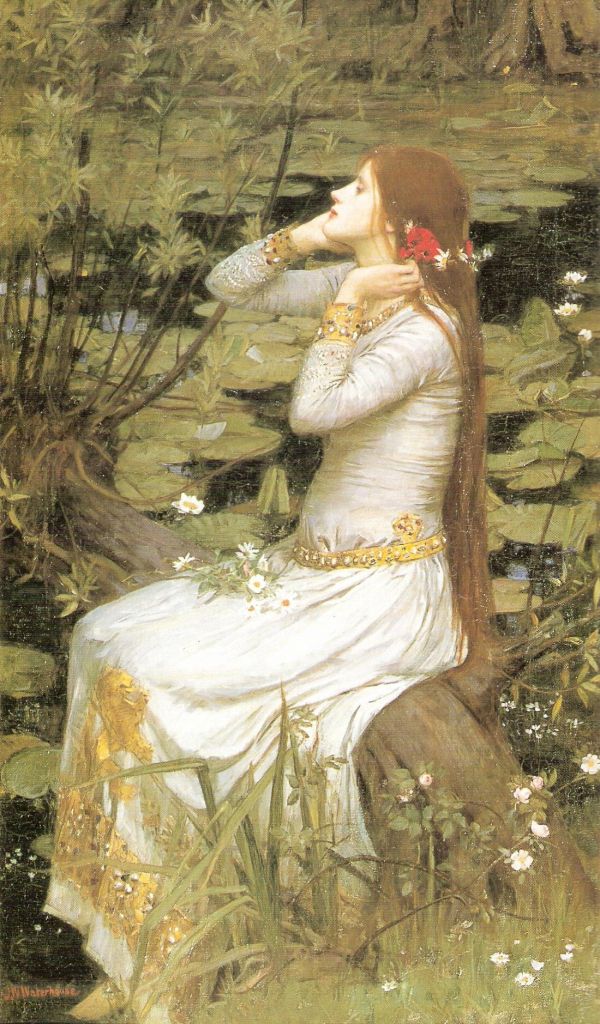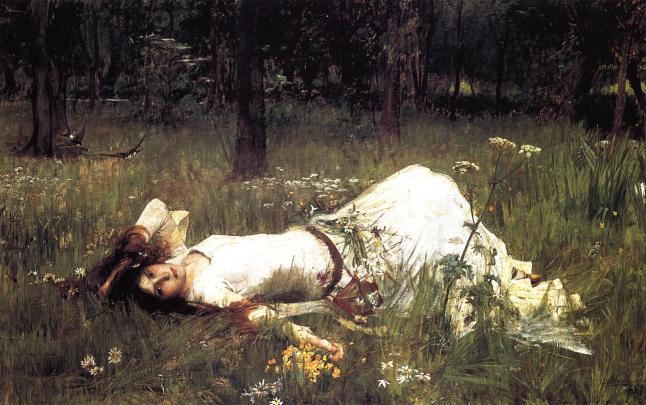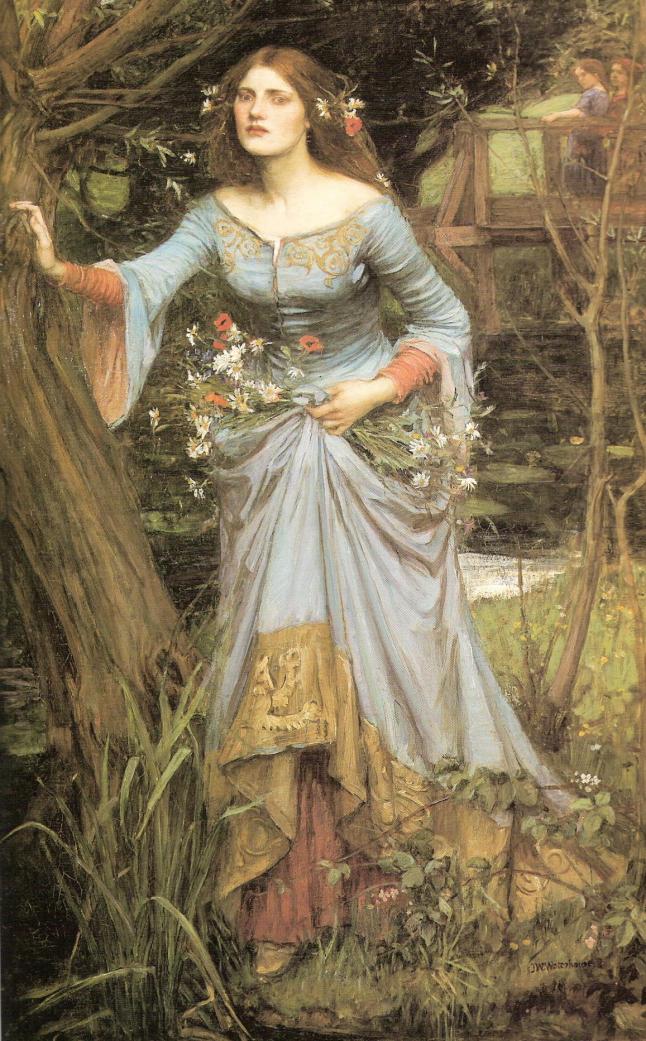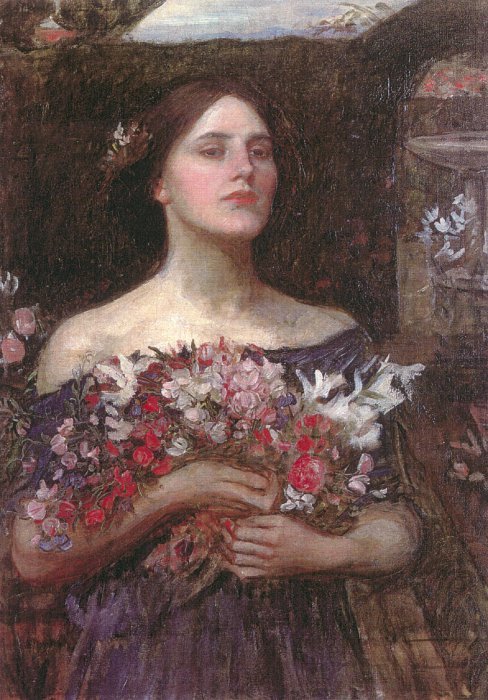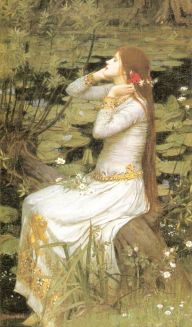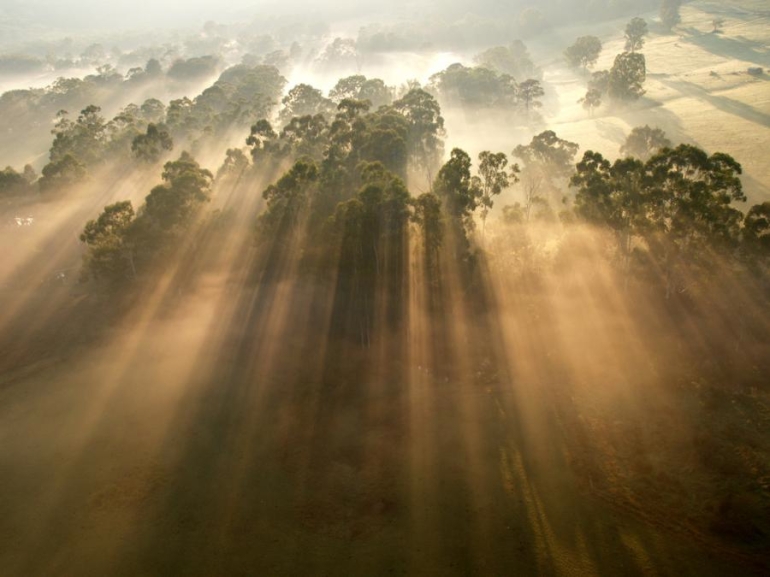“When I Have Fears”
-John Keats (1818)
When I have fears that I may cease to be
Before my pen has gleaned my teeming brain,
Before high-pilèd books, in charactery,
Hold like rich garners the full ripened grain;
When I behold, upon the night’s starred face,
Huge cloudy symbols of a high romance,
And think that I may never live to trace
Their shadows with the magic hand of chance;
And when I feel, fair creature of an hour,
That I shall never look upon thee more,
Never have relish in the faery power
Of unreflecting love—then on the shore
Of the wide world I stand alone, and think
Till love and fame to nothingness do sink.
“Mezzo Cammin*”
-Henry Wadsworth Longfellow (1842)
Written at Boppard on the Rhine August 25, 1842,
Just Before Leaving for HomeHalf of my life is gone, and I have let
The years slip from me and have not fulfilled
The aspiration of my youth, to build
Some tower of song with lofty parapet.
Not indolence, nor pleasure, nor the fret
Of restless passions that would not be stilled,
But sorrow, and a care that almost killed,
Kept me from what I may accomplish yet;
Though, half-way up the hill, I see the Past
Lying beneath me with its sounds and sights,—
A city in the twilight dim and vast,
With smoking roofs, soft bells, and gleaming lights,—
And hear above me on the autumnal blast
The cataract** of Death far thundering from the heights.
*from the first line of Dante’s Divine Comedy: “Nel mezzo del cammin di nostra vita” (“Midway upon the journey of our life”).
**A large waterfall
As you can see, these are two poems. I will now proceed to analyze them, so if you don’t enjoy that sort of thing, you can leave now. TAT
Both poems generally seem to have to do with the lack of importance our lives have on the world through the passage of time. For the first poem, the writer chooses to first describe fame, then love, and finally how it all does not matter in the end. In the second poem, the passage of time is described first, followed by their lack of achievements linked to their attachments and fallen dreams, wrapping back around to the past.
In the first poem, the speaker tells of how they feel afraid that their existence does not matter, leading to them worrying about all that could happen until everything really does disappear.
I feel like the message the author in this poem is trying to convey is that you shouldn’t worry about what could happen and instead should focus on what is happening in the present so as to not let opportunities slip through your fingers.
In the second poem, the speaker’s chances have already slipped away because they were too focused on their attachments (it is not clear if it was to a person or an object). They allowed themselves to only pay attention to the past and, as a result, destroyed their own future.
For this poem, the author seems to be trying to convey that too much attachment to the past can ruin your life, so you should keep some awareness for the future as well as your present.
When comparing the two, both authors are warning against worrying or becoming too attached to a time period in your life, whether it has already happened, is occurring, or might come to pass. I must admit that this is a very broad generalization of the messages of the two poems, but it is the main connecting bridge that I am able to observe.
Conveniently, there is a lovely essay prompt that goes with these two poems (ToT) that goes something like this:
In the two poems below, Keats and Longfellow reflect on similar concerns. Read the poems carefully. Then write an essay in which you compare and contrast the two poems, analyzing the poetic techniques each writer uses to explore his particular situation.
Sooo… poetic techniques? Diction, ethos, pathos, logos, symbols…. (lol, just kidding 😉 )
Anyway, this isn’t really that obvious, but both poems are really one giant sentence. These giant sentences both end with a semblance of finality that everything will have no point to it if certain conditions are (or are not) met.
Too broad? Okay, well in the first poem, the speaker mentions that they would “stand alone, and think/ till love and fame to nothingness sink”, which seems pretty clear to me. and in the second poem, the speaker describes how they will hear the waterfall “of Death far thundering from the heights”, which I have interpreted to mean that as they look back on the past and feel regretful as their death approaches. When people die, it is commonly assumed that their time in the world of the living is over and, for people who don’t believe in an afterlife, that their existence disappears, whether quickly or over time, when their friends and relatives are long gone.
While the first poem does not name any time period in particular, it is made clear by the wording and tense that the speaker was too worried about what could be to realize what they were missing in the present. The second poem is the opposite in that the speaker directly names the past as a source of the problem; although, the problem is disguised as an obsession with the present.
If I were to organize this essay, I would have it as follows:
- Interesting Introduction (?)
- Thesis: In John Keats’ “When I Have Fears” and Henry Wadsworth Longfellow’s “Mezzo Cammin”, they address the tendency of people to disregard the present in favor of other times.
- Body Paragraph 1: Attachment to periods of time
- Topic Sentence: In both poems, the speaker is obsessed with thoughts of a period in their life other than the one that decides their future… the present.
- Poem 1: no longer see love, not achieve goals, before making progress -> lost opportunities
- Poem 2: passage of time w/out realization, strong attachment (sorrow and caring), image of past -> fallen dreams, lost opportunities
- Comparison of Both
- Body Paragraph 2: Sentence Structure
- Topic Sentence: Interestingly enough, the structure of the two poems reflect the thought patterns of the speakers.
- Poem 1: thoughts of future -> things lost
- Poem 2: thoughts of things lost -> reasons why, regret
- Comparison of Both: analysis of punctuation and placement
- Body Paragraph 3 (can be excluded): Word Choice (diction~ >:) )
- Topic Sentence: Both poems describe different causes of a similarly catastrophic result in the speakers’ lives; however, pinpointing the exact cause and effect is not as simple as it may first appear.
- describe imagery and effects of certain choices of description
- Poem 1: garners, hand of chance, fair creature (lover), relish (& faery power), love
- Poem 2: Mezzo Cammin (title, Dante’s Comedy is a poem that has to do with the soul’s journey towards God (source: Wikipedia)), indolence, aspirations (dreams), “a care that almost killed” (possible suicide?), lofty parapet, “Past” (possibly capitalized to emphasize and draw attention)
- Comparison (as usual :3 )
- Good Conclusion (lol)


